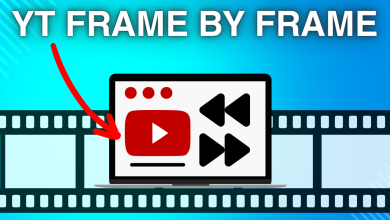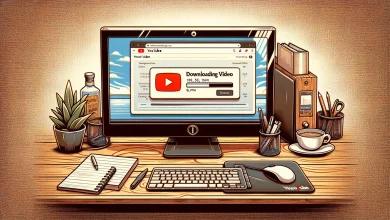YouTube Demonetized 2024: What Went Wrong and How to Fix It?
Your YouTube channel can be demonetized if a community reviewer decides that a video you have posted does not comply with YouTube’s Community Guidelines or is otherwise deemed unsuitable for advertising purposes.
YouTube may not remove your demonetized video immediately, but you will no longer be able to make money from ads on it. Even if none of your videos are flagged as problematic, advertisers may still opt to not support your channel.

Table of Contents
- Why Would A Channel or Video Be Demonetized?
- How to Avoid YouTube Demonetization
- Share A Wide Range of Video Content
- Avoid Engaging in Spam, Dishonesty, and Scams
- Do Not Use Your Platform to Promote Hate Speech
- Do Not Promote Risky or Illegal Behavior
- Do Not Share Sexual Content
- Use Royalty-Free Music and Videos
- Do Not Engage in Cyberbullying of Any Kind
- Avoid Creating Upsetting Videos
- Create Videos Appropriate for Kids
- Avoid Controversial Topics
- What to Do If Your YouTube Channel/Video is Demonetized?
- Conclusion
Why Would A Channel or Video Be Demonetized?
The official list of YouTube demonetization guidelines include all of YouTube’s recommendations for making content appealing to advertisers. We have highlighted several key warning signs for you to keep in mind.
The Channel/Video Has Offensive Content
One thing that is made quite plain from the get-go in the YouTube demonetization regulations is that harassment, cyber bullying, and hate speech are not tolerated in any form. Offensive material, however, is not limited to shock value or dark humor.
YouTube also suggests disabling adverts in videos dealing with contentious subjects, even if the material presented is not meant to be taken literally.
Videos depicting acts of self-harm, suicide, sexual abuse, anorexia (eating disorders), domestic violence, or the abuse of children are a big red flag for monetizing videos. Demonetization is confirmed for any content deemed incendiary and demeaning, intentionally provocative, or defamatory against any individual or organization.

Images of offensive violence, including but not limited to, those of dead bodies, severed limbs, blood, and other bodily fluids or waste, will result in a loss of advertising revenue. Both your advertising and your audience may be severely disturbed by insensitive coverage of current events. As such, it is incumbent upon you to develop material ethically.
You Missed The Target COPPA Demographic
In accordance with the COPPA (Children’s Online Privacy Protection Act), YouTube requires all content producers to indicate whether or not their videos are suitable for viewing by minors. In such a case, you may limit access to adults exclusively if you like.
Due to the fact that many YouTube partners do not associate with the adults-only area, videos that fall into this second category may only be exposed to restricted monetization, if any at all.
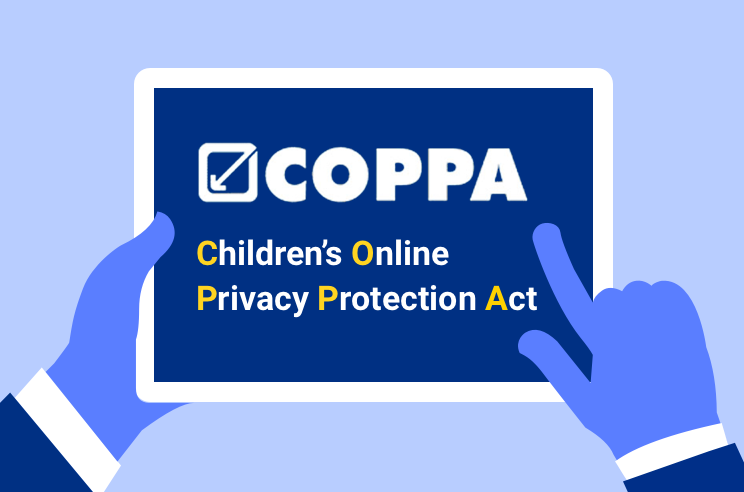
YouTube’s requirements for COPPA-approved children’s material are significantly tougher than their general demonetization guidelines, and it is quite simple for a video to be deemed not suitable for children even after being marked as such. It could be one of the major reasons why a video could be demonetized from YouTube.
You Got a Copyright Claim
One major reason why YouTube videos get demonetized is because they get a copyright strike from someone. For example, if you have used a video of someone else, without their permission and / or crediting the source, the original owner of the video may file a copyright claim against your video. This can result in an immediate demonetization as well as a warning on your channel.
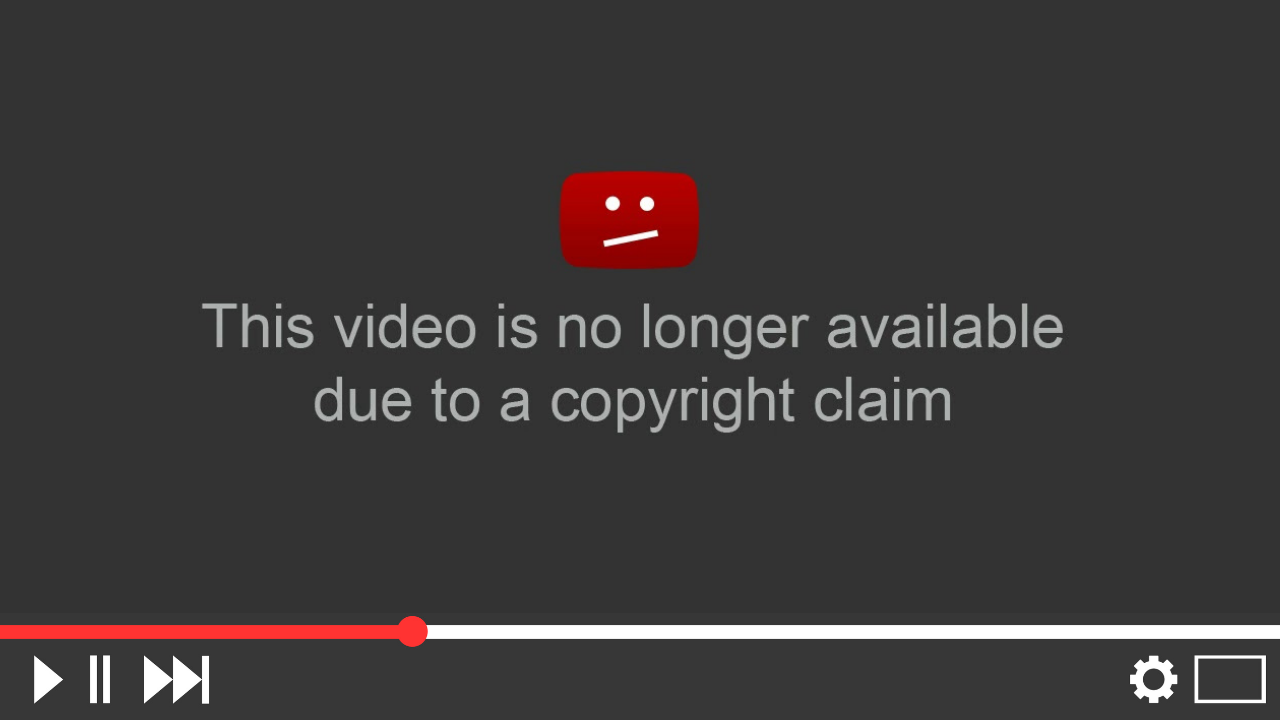
When material is reused without being updated or transformed, it loses all potential revenue. For example, if you are uploading an entire Hollywood movie, or even parts of it, your video will most likely be demonetized as you are not the rightful owner or creator of the video.
Remember that YouTube believes in the first right of paying to the actual owner of the video.
Explicit Language in Your Video
The use of profanity on YouTube is not universally prohibited. However, ad-friendly material on YouTube requires that you avoid using excessive profanity beyond the regular four-letter favorites. This includes slurs and anything else that is too explicit in your thumbnail picture.
If you are a regular user of YouTube, you know by now that profanity is often used in user-uploaded clips. Where exactly should we draw the line when it comes to demonetization? To put it another way, if you can say anything on daytime TV, you can say it on YouTube. To use a curse word is perfectly OK. References to common, sophisticated expletives like “WTF” are also often acceptable.

For the benefit of the company that the monetized video will ultimately become an ambassador for, YouTube strongly recommends its producer to keep the opening 30 seconds of the video free of anything that toes the line. Outside of the safest cussing context, occasional use of stronger language beyond the established time limit can be tolerated.
However, extensive cussing or slurring could mark the video as one with hate speech, thereby, leading towards the demonization of the video.
A Video Contains Extreme Sexual Content
There is no pornographic content on YouTube. Any make-out scene that goes too far would likely be deleted to please its marketers who want a more family-friendly product. Allusions to sexual topics in a scientific or instructional context, such as the depiction of nudity in a Renaissance picture, are allowed as are more oblique innuendos.
However, if your YouTube video goes over these limitations, consider removing it. This includes not just graphic images of or references to sexuality but also overly sexual language, music, or other media.
The Video Has Some Form of Scam Involved
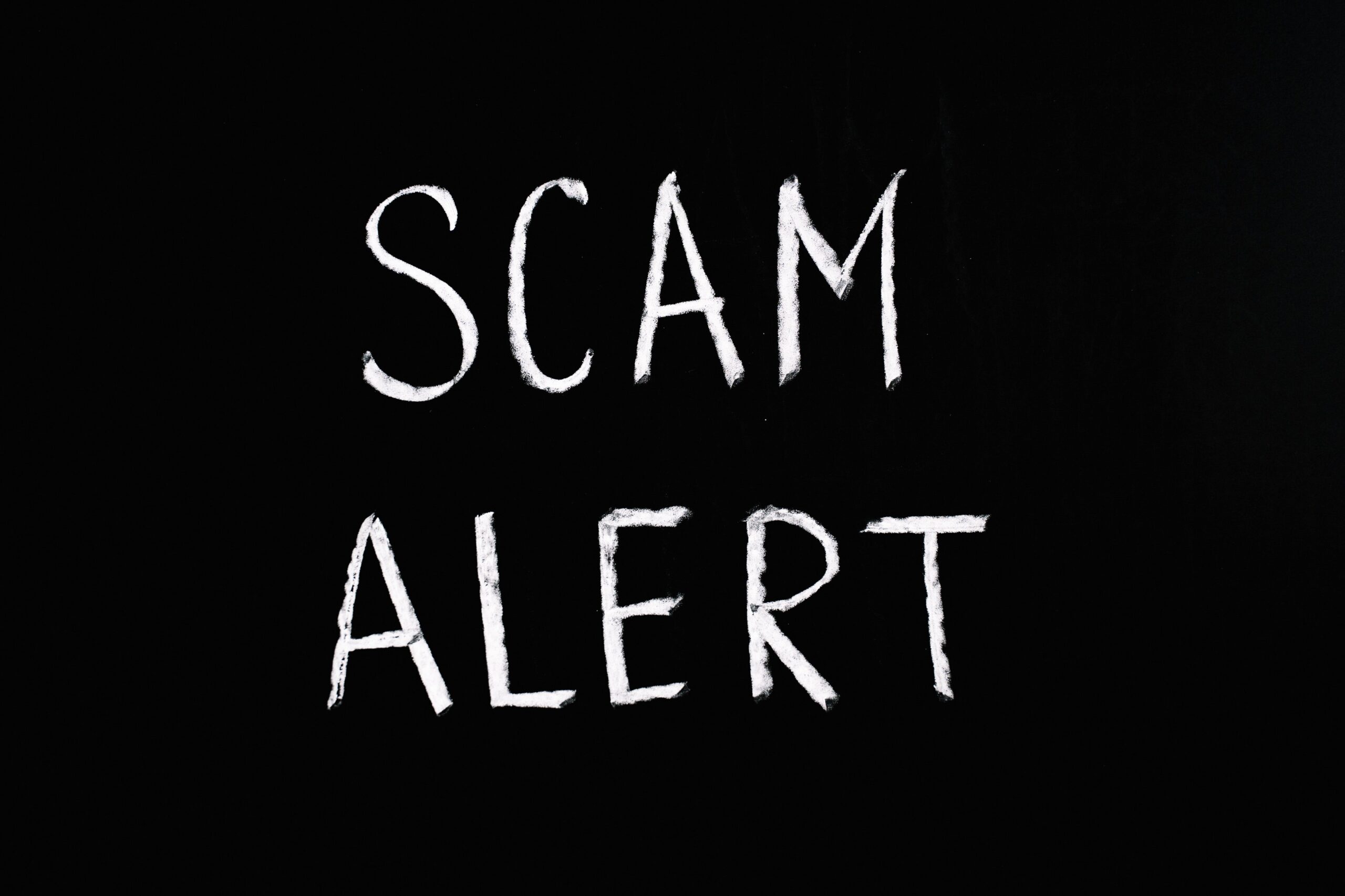
One of the most extensive sections of the norms is this one. Material that is uploaded excessively or that attempts to get you to leave YouTube is also included in this policy, as is material that spreads false information for the purpose of exploiting the YouTube community.
Everything from “Get Rich Quick” scams from spam comments to voting suppression and the sharing of hacked information falls under this umbrella.
How to Avoid YouTube Demonetization?
Ad income from videos that are not user-friendly for advertisers will be low. In order to save your YouTube channel from being demonetized, consider these options.
Share A Wide Range of Video Content
Avoiding redundancy is essential if you want to make money off of your material. That is why you should not flood your channel with identical clips. Both the audio files and the subjects you discuss should provide some variation.
That does not exclude delving deeply into a single subject, however. As long as the content of each video is unique, you can make copies. For example, it is commonly discussed how to get to 1,000 subscribers. We are continually talking about something new in the context of growing our subscriber base, but the advice evolves as we learn new techniques. In general, avoid having your material be:
- Mass-produced
- Too generic
- Generatively programmed

Include some commentary that offers a new take on the event, viewpoint, or story in question if you are sharing a response video, for instance.
- You are doing a critical analysis based on fragments.
- You are providing fresh insight on a happening (movies, sporting events, etc.).
- You are splicing together video from several sources into a new narrative.
Creating and using your own material is always preferable. YouTube is aware, however, that there are many response channels.
Avoid Engaging in Spam, Dishonesty, and Scams
YouTube’s goal is to provide a fun and rewarding experience for every user. Obviously, fake videos and misleading remarks will never allow any user to achieve that. YouTube may remove the ability to monetize your channel if it determines that you are using the platform for illegal purposes, such as spreading scams or directing viewers to malicious websites. Avoid these actions to maintain YouTube’s favor:
- Put up material on how to become rich quick over and over again.
- Trick users into visiting sites where they may download malware (viruses, information theft, etc.).
- Get people to click on your video by using deceptive thumbnails, descriptions, and titles.
- Spread information about pyramid scams and other quick-money schemes.
- Promote the number of views, comments, and subscriptions you have. Included in this category is Sub4Sub, a kind of spam in which content makers solicit subscribers for other content makers’ channels.
- Make a bunch of identical comments all over YouTube.
- Use comments to solicit feedback from viewers or discourage them from leaving your channel.
- Broadcast anything live that is not yours.

Do Not Use Your Platform to Promote Hate Speech
YouTube prohibits all forms of hate speech. Avoid saying or typing anything that might be considered damaging or disrespectful if you want to make money off of your recordings. YouTube will remove monetization if your videos promote violence or hatred towards any group.
Hate speech can easily be avoided. Do not mention anything in your videos that might be seen as discriminatory. The most heinous forms of bigotry focus on certain demographic groups or characteristics, such as age, sexual orientation, gender, color, disability, religion, immigrant status, or military service.
Do Not Promote Risky or Illegal Behavior
Do not include video or photographs that depict violence, gore, or death. The unsettling nature of these topics deters potential sponsors.
It is also not a good idea to promote unlawful behavior online. If you exclude these things from your films, you will have a greater chance of making money off of them:
- Drugs (including tobacco products)
- Firearms
- Computer intrusion
- Other Unsavory or Dubious Doings
Keep in mind that glorification of violent actions leads to its devaluation or worse. A video is not appropriate for YouTube if it may reasonably be expected to result in serious bodily harm or even death.
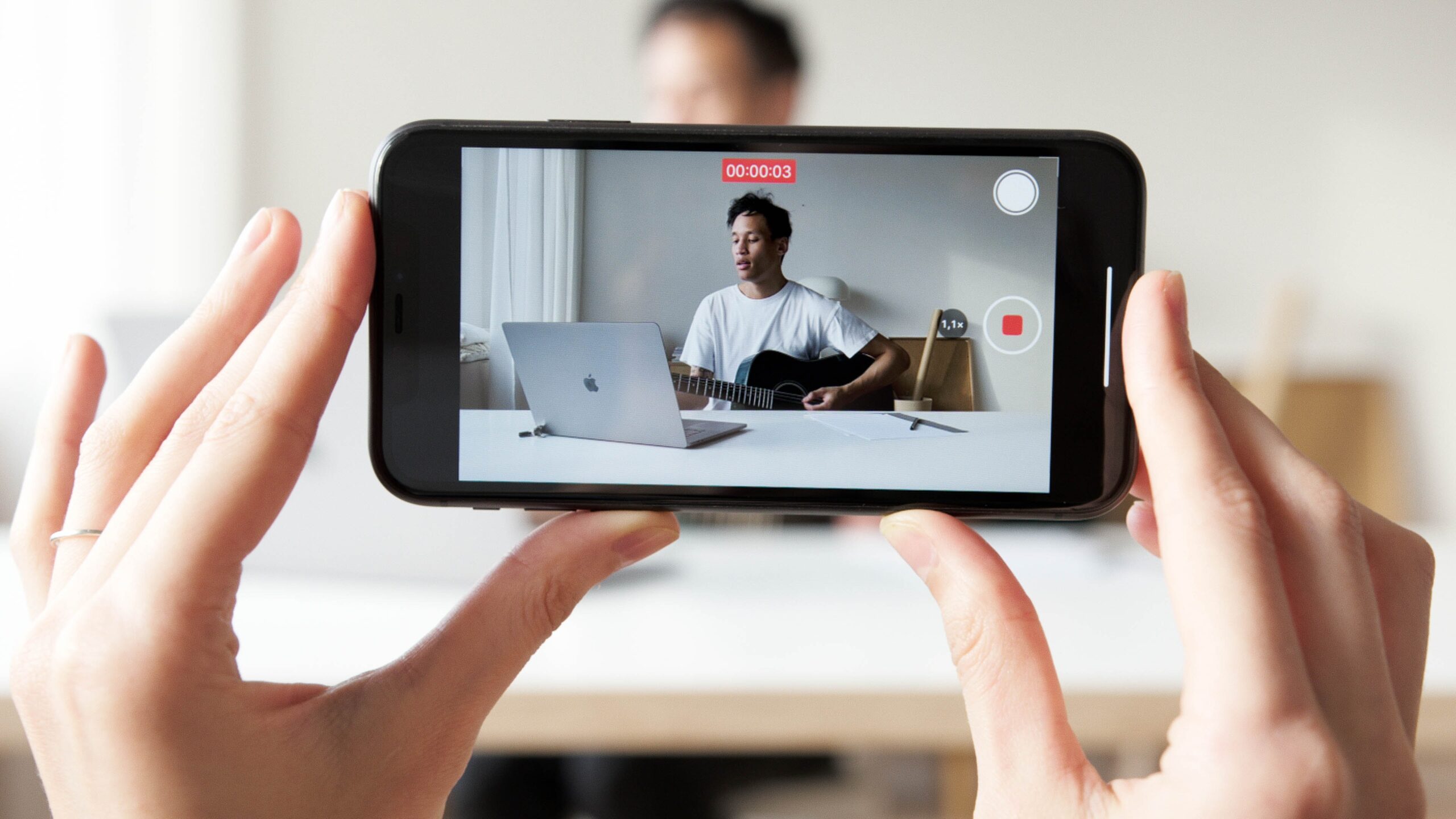
Do Not Share Sexual Content
Any content on YouTube that encourages sexual activity will have its advertising removed. Sexually explicit material is the main emphasis of this genre. If the creator’s intention is to engage in sexual scenes, YouTube will quickly remove advertising from the video. The video will have no adverts, the channel’s AdSense income will be nil, and the channel may be canceled.
YouTube’s monetization standards prohibit the indulgent display of genitalia, breasts, or buttocks in any form. Also prohibited are sexual fetishes presented in any medium (including but not limited to video, text, picture, or voice).
Use Royalty-Free Music and Videos
The issue of copyright is a complex one on YouTube. However, there are only two things you really need to know in order to make money off of videos:
- Never utilize someone else’s music or video without their express permission, and
- Always credit the artist or owner of the video.
Getting the OK from everyone involved (the record label, the artists who wrote the songs, the songwriters) is not always enough. There have been truly wild cases of wrongfully striked videos, automatically or not. That’s why we recommend using music from YouTube’s built-in music collection to avoid all that. There are no hidden fees or copyright claims for these songs.
Similarly, for a video, one must take the permission from its rightful owner before using it.
Do Not Engage in Cyberbullying of Any Kind While Using YouTube
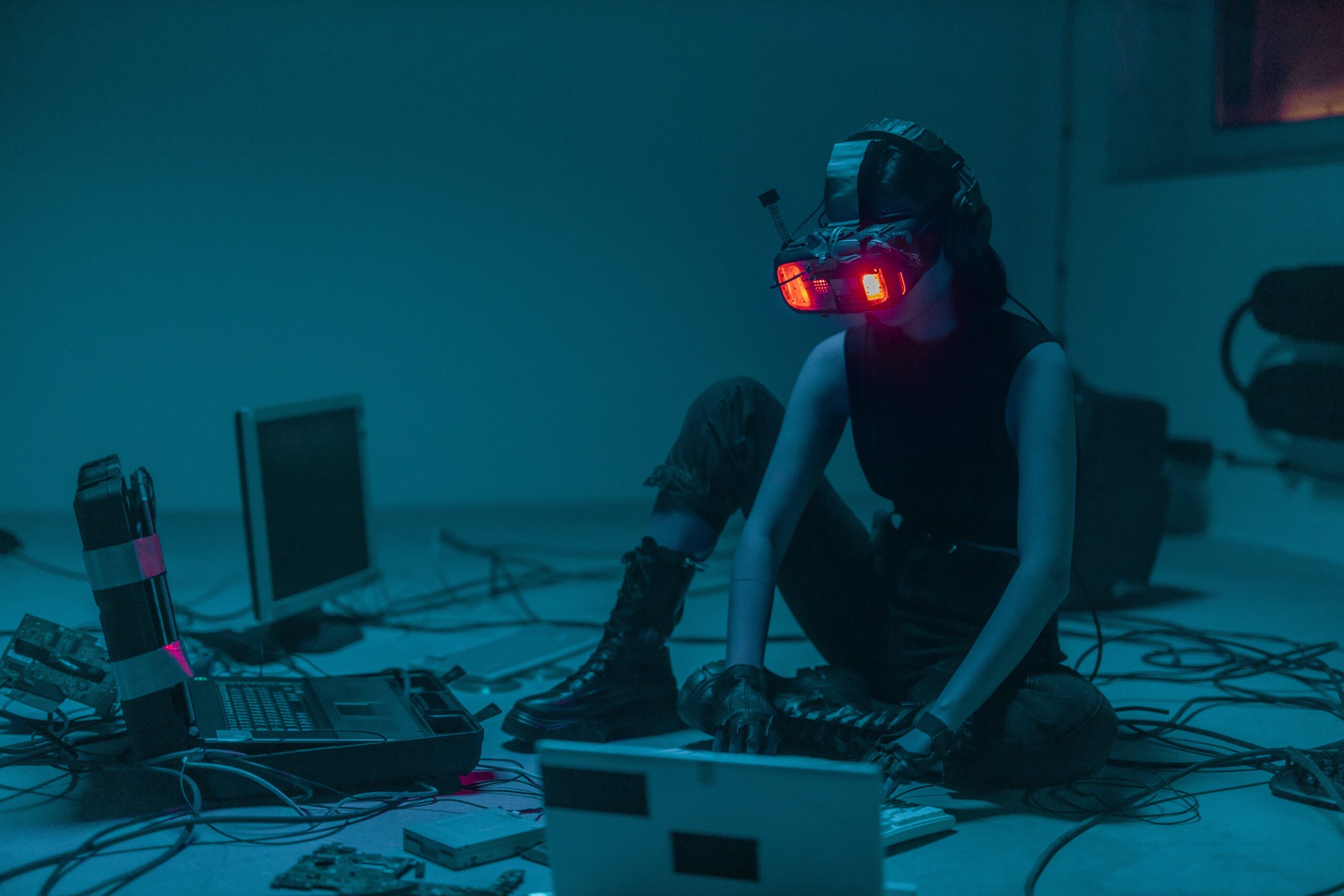
The problem of cyberbullying persists in today’s internet society. In fact, almost half of all Internet users (45%) have seen or experienced inappropriate conduct. One of the most popular is making threats or using derogatory names. This constitutes harassment on YouTube and will result in account suspension. Regardless of what you see on YouTube, you should not:
- Put racist insults in the comments or on your videos
- Make a threat, however implausible, to someone else on YouTube
- Put up any kind of material to embarrass a youngster
Avoid Creating Upsetting Videos
This piece of advice has nothing to do with sudden turns of events or abrupt conclusions. Horrifying material is just too upsetting to view. Advertisers are less willing to back videos that give their target audience a negative experience. YouTube claims that disturbing films like this will not generate any advertising money.
- Graphic depictions of blood, guts, or feces
- Videos of births that have not been edited are an example of raw medical footage
- Injuries that are disturbing or terrible
- Preparing a wild animal for consumption or slaughter
Videos on YouTube that include graphic violence will be demonetized. Even if the footage is from a video game, this is the case if it lacks any context other than graphic violence. Avoid using these topics as the main focus in your videos.
- Brutal and graphic violence in general (animal or human)
- Video game footage manipulated to highlight graphic brutality
- Graphic film from a war zone showing deaths, wounds, explosions, and gunfire
- Body counts and amputated limbs
- Abuse of animals in any kind
- Abusive policing
- Sports-related violence
Create Videos Appropriate for Kids
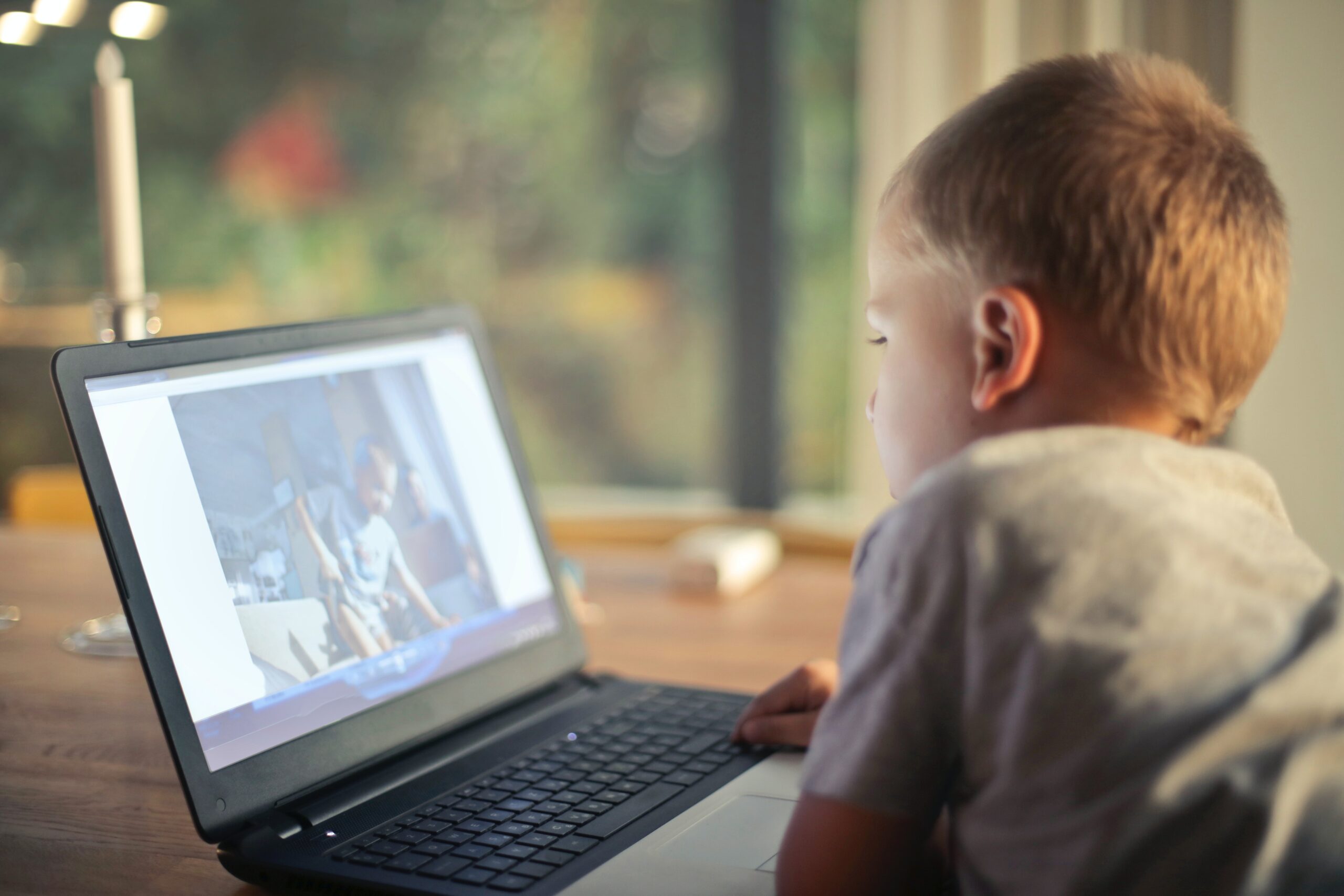
Protecting children is a top priority on YouTube. Even though they are not meant to, many younger viewers bypass the YouTube Kids app and watch content on the regular YouTube app. Make videos with the youngest viewers in mind. Do not reveal:
- Material involving kids that is sexually explicit
- Injury-inducing risks for young people
- Extremely upsetting material depicting child abuse and parental pressure
- Kids being harassed and bullied online.
Avoid Controversial Topics
Most people’s conceptions of contentious content on YouTube differ significantly from YouTube’s. This is not the place for contentious political arguments or unpopular viewpoints. According to YouTube, controversial themes include those that “may be unsettling” and “the result of human tragedy“. Using such criteria, a contentious video may feature:
- Suicide
- Mistreatment of women
- Misuse of sexual power
- Abuse in the home
- Punishment of Minors
- Pedophilia
Any video on YouTube that promotes or celebrates these subjects, even if just in the title or thumbnail, will be demonetized.

An upsetting recent incident is one that affected many people negatively. Natural catastrophes, terrorist attacks, and war footage are all examples that come to mind. Death and hopelessness are not exactly appealing subjects for video content. You should not make these sorts of films since YouTube has no motivation to monetize them.
However, this does not imply that you risk losing your funding by making passing reference to the War of 1812. What is important is how you use the reference. You will not make money if you highlight the bloodshed and broadcast footage of people dying.
What to Do if Your YouTube Channel/Video is Demonetized?
Following are two of the most well known ways to regain monetization on your YouTube channel.
Content Evaluation
Check your video to be sure you have not inadvertently broken any of the rules regarding content. Be on the lookout for anything you may have stated that might violate their criteria, such as references to sensitive themes, and make sure you filter any language that could be regarded unsuitable (e.g. swearing).
Also, check to see that no copyrighted film or music is being used. The title, thumbnail, and description of your videos should all be reviewed as they are read by YouTube’s algorithm. Ensure that nothing is challenging the legality of your video in retrospect to your country’s laws.

You may also alter your material in any way you see fit, including deleting or altering anything that is deemed offensive by the community at large. If all else fails, you may simply disable monetization for the offending video(s) and keep making money from the rest of your channel’s content.
The YouTube Partner Program is quite tolerant and adaptable in this regard. It is a fantastic opportunity for honest creators to monetize their work online.
Get in Touch with YouTube Support
If YouTube has demonetized your channel and you believe it was given in mistake, you may file an appeal. If you are certain that your video complies with YouTube’s policies, the next step is to request a human review. You may file a formal appeal in this manner.
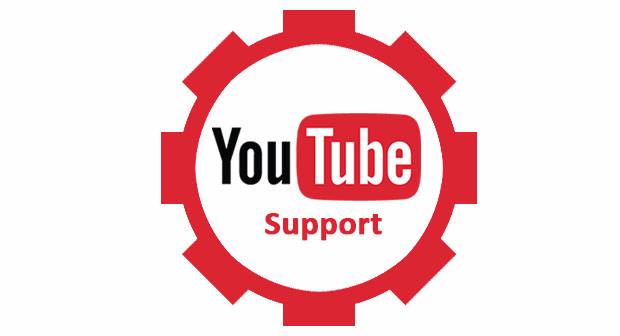
This indicates the information will be reviewed by a human to determine whether or not the algorithm made an error. If that is the case, your ability to earn money will be activated again.
Conclusion
Having your YouTube channel demonetized may be quite discouraging after you have invested so much time, energy, and hope into it. But with any luck, you will be able to lessen the likelihood of demonetization in the future thanks to the advice in this article.
If you liked this explanation, make sure to check out our coverage on other YouTube topics, including how to get ad-free YouTube on your TV for free!
 Reviewed by
Reviewed by 

